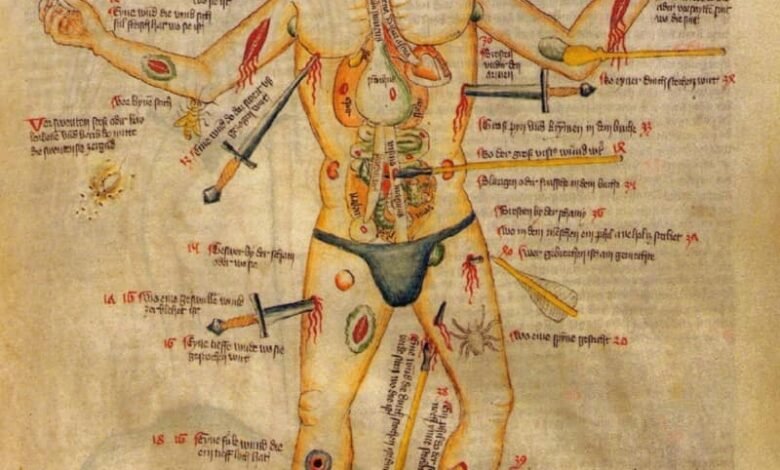6 Painful Practices of Medieval Medicine

These 6 painful medieval medical practices will make you cringe.
For most people, going to the doctor for a routine check-up is a tedious task.
After all, we all claim to always feel good when things come down to a visit to the doctor’s office.
You certainly don’t need a doctor to tell you that you’re super, in great health and spirits, do you?
Unless, of course, there is something wrong with you. In that case, both you and I are thankful that we are not living in the Middle Ages.
After a little research on the medicine of the time, you will be shocked, to say the least.
It is not certain that any of us would have survived after what the doctors of the time did, such as routine examinations.
1. Cataract removal
Medieval doctors often used a knife or needle to remove cataracts through the cornea.
They then removed the eye lens from its capsule through the lower part of the eye.
Later Islamic medicine replaced this method with the suction method.
2. Treatment by elixirs
These practices include various potions, elixirs, as well as the inventions of pagan-inspired remedy fanatics.
Some of these elixirs were so powerful that they actually had enough power to kill a person!
Medieval doctors mixed their medicines with wine.
The pharmacy ranged from salad juice, through the bile of a castrated pig, to potions of various plants, most of them poisonous.
But don’t worry, people died during medieval surgery, they didn’t mind the taste of medicine.
They were simply physically unable to withstand the physical pain resulting from the “medical”procedures.
3. Removing parts of the head
Sounds unpleasant doesn’t it? But it was actually quite a common medieval practice.
So-called doctors used to make a hole in the skull to cure individuals suffering from mental illness.
Interestingly, this practice was intended to treat seizures and also cranial trauma. (What greater trauma than having half your head cut off?)
Another surprising fact is that there was almost no inflammation and infection, and the percentage of patients who survived the operation was unexpectedly high!
4. Metal catheters
Medieval people suffered from the same diseases that plague us modern people.
The only difference is that they didn’t have pharmacies to buy antibiotics and stuff.
Many have suffered from blocked bladder ducts. To “cure” this problem, a long metal tube was passed through the urethra.
5. Enema liquids
The medieval enema was limited to a metal tube passing through the anus.
The goal was for everything superfluous to flow through it and for the patient to leave relieved and relieved, of course.
Although it sounds disgustingly horrible, this practice was widely used even by King Louis XIV.
What is interesting here is the story of King Louis itself. Whether it was because he had problems or he just liked it is not known.
But he is recorded as one of the most regular users to have used this pipe, with over 2,000 recorded cases.
6. Bloodletting
Something like today’s women’s monthly cycle and men’s blood donation.
And then people knew that it is not good for your blood to stagnate for a long time.
This operation was performed through a small incision in the arm. Then, based on your gender, weight and age, the doctor determines how much blood you need to lose so that “everything is just right”.
After all, I’d rather be a modern-day resident and put up with dirty air and Ebola than have to live in the Middle Ages and have to purify my blood or something even more serious.



